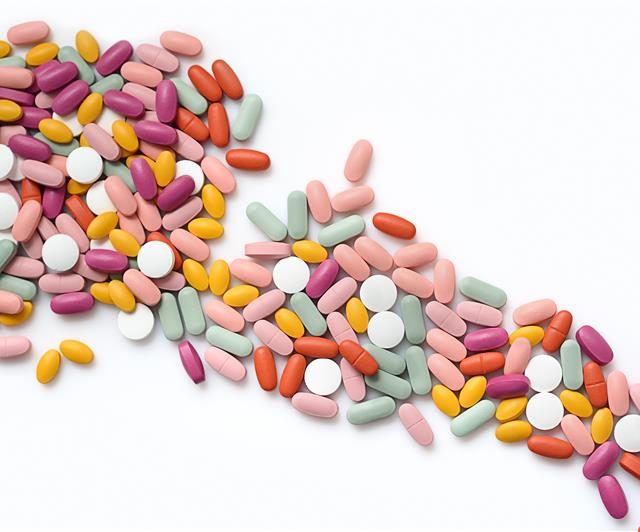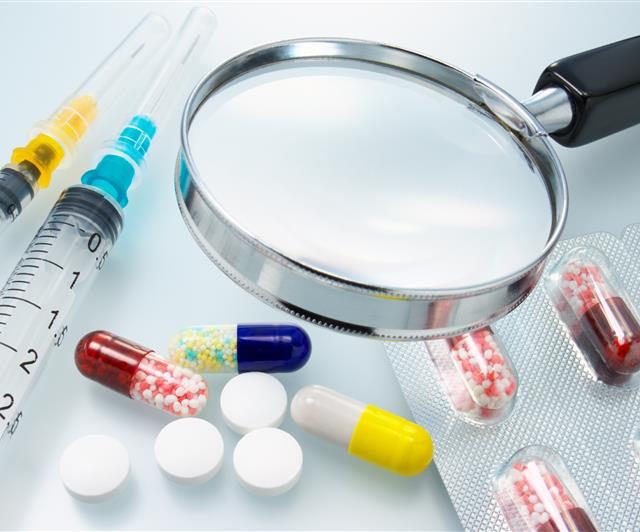Considering current guidelines and the state-of-the-art in the areas of pharmacoepidemiology and pharmacovigilance, the Checklist for Study Protocols aims to:
- stimulate researchers to consider important epidemiological principles when designing a pharmacoepidemiological study and writing a study protocol;
- promote transparency regarding methodologies used in pharmacoepidemiological studies;
- increase awareness about developments in science and methodology in the field of pharmacoepidemiology.
The Checklist is intended to promote the quality of studies and not their uniformity and is aligned with scientific and regulatory developments relevant to pharmacoepidemiology.
GVP module VIII on post-authorisation safety studies (PASS) recommends that the Checklist is included as an annex to study protocols.




